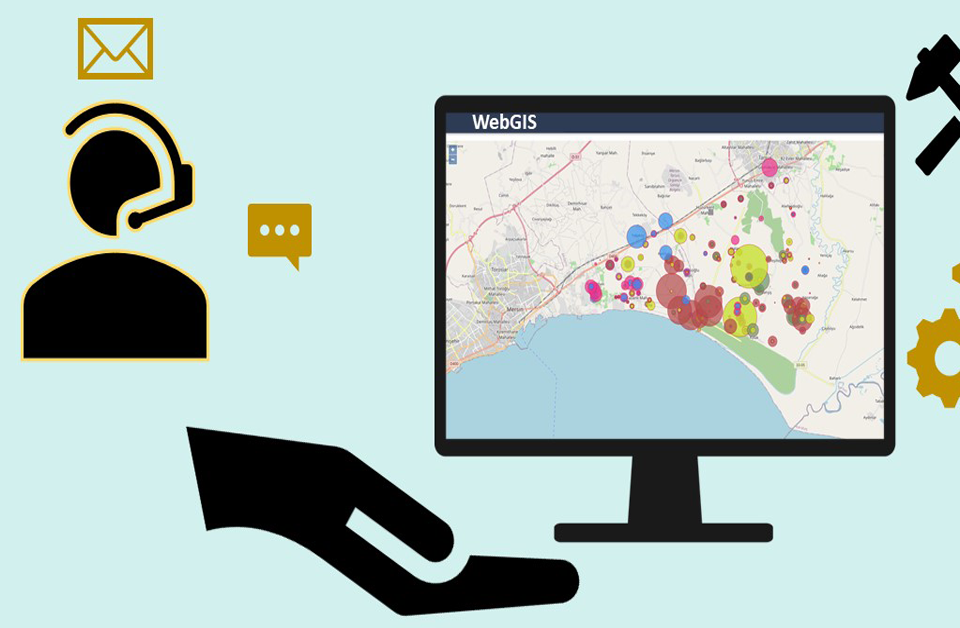GEO DATA STORING TYPES

Metadata Management with GIS Contribution
December 23, 2017
GIS & There Differences With Open Source GIS
April 23, 2018Here you will know about Geodata storing types. Geographic data or more briefly Geodata is the information referred to spatial objects, features of a specific location, or other general data which are related to the location they belong. It could be everything, for example, data about wars in the past could be visualized according to the locations where they took place and in that way to be considered as geodata, even though wars are not primary geographic data.
There is an enormous type of examples, however, to form the long story short, what we’ve to know is that any information which might be related to geographic, location, and spatial information, mechanically is remodelled into geodata. This method crystal rectifier United States to the necessity for higher management of It, so higher storing per the character of the geodata and what we wish to try and do with them. therefore below we’ll see what selections we’ve once we wish to store our geodata and that is that the correct methodology looking at the various applications.
Geodata Storing in Geodatabase
The database is that the most typical means for storing, querying and managing geodata. Consisted of the many geographic data sets in one file which may be detailed either from one person or from a full company. Geodatabases will have several sizes relying invariably on the scope and therefore the reason for its existence. It constitutes the natural organization of GIS for each reasonable method we would like to try and do. although there are several file formats for geodata, the geodatabase permits North American country to require advantage of all its capabilities in managing and written material geodata. Moreover, geodatabases are often used, altered and have access to them through a direction System (DBMS) victimization SQL or the only means with GIS system.
Tabular Storing
Another option for storing and editing geodata is through tabular forms such as databases from other software, spreadsheets from Excel, dBASE tables, attribute tables etc. This option gives us the ability to receive geo data from many sources and to have a spherical view often a field of study. However, some of these sources are not suitable for editing geodata but only for reading, such as text formats of Microsoft, ASCII, data sources accessed through OLE DB etc. On the other hand, GIS system provides many advanced extensions of tabular data which gives us the opportunity for total editing and management not only for the geodata but for the whole tabular file. These extensions are ArcSDE, attribute table, d Base, and others.
Shapefiles for Storing
A shapefile could be a file as well as digitized geometric options existing on a map conformist to their actual position on the planet. Shapefile acknowledges options in purpose, line and plane figure kind. Behind those options, we are able to produce a corresponding attribute table with any info regarding the digitized things and this method founds otherwise of Geodata storing. Multi-layering all the shapefiles we’ve of a similar space we are able to take as a result a map which will relate knowledge to the situation. very helpful conjointly for text knowledge which may be related to too many options and shown on the map.
Raster pictures contain a matrix of cells wherever each of them includes a price that represents geodata. it’s potential generally our geodata to be kept directly as a formation image (for example digital aerial pictures, satellite pictures, scanned maps etc.) while not having the likelihood to save lots of it within the format we wish, however, formation pictures have several blessings too. Let’s see a number of them:1. Each cell of a formation image represents a coordinate on the planet and features a corresponding attribute table with options that belong during this coordinate. this suggests several knowledge and data organized and straightforward to manage.
2. The ability for innovative spatial and statistical analysis.
3. Convenience in representing surfaces with continuous geodata, however additionally to store and edit points, lines, and polygons.
4. Quick management of complicated datasets in addition to over-layering for higher illustration and redaction.
However, there are some disadvantages for geodata storing as a formation image, like abstraction in exactitude happening thanks to the massive cell size, occupation of huge space for storing on the disk and quality of resolution reckoning on the cell dimension.
Storing With Coverage
Coverage may be a storing model chiefly for vector geodata whereas it’s going to embrace spacial and descriptive information conjointly. it’s the shape of a directory wherever every digitized or classified feature is saved as a collection of files, together with alternative subfolders. Moreover, the dimensions of the coverage depending on the categories of the things that area unit sometimes several to explain tolerably the objects of the map.
Geodata gives us many opportunities for storing, depending on what we want to do with them. However, the options are decreasing when our geodata is only vector or only raster. When we want to manage them from the beginning until the end, or when we only want to read them. But even if the choices are decreasing, we will always have a way to store geodata properly.
UIZ company, an expert in every kind of geodata storing is here to undertake even the hardest project and implement it through GIS. For more information call us at +49-30-20679116 or visit out UIZ webpage.
Contact us now here.




